UHZ880 launched soon in the domestic market, this flagship model entered the evaluation room of our Editorial Department Basic technical parameters ◠Display Technology: TI DMD 0.66 inch TRP S610 4K UHD ◠Output brightness: 3000 ANSI lumens ◠Contrast: 2000000:1 ◠Projection lens: F=2.5-3.26, f=20.91-32.62, 1.6× zoom and focus ◠Projection distance: 1.3-9.3m ◠Projection size (diagonal): 26-300 inches ◠Projection ratio: 1.39-2.22:1 ◠Lens shift: vertical 100%+15% ◠Video input interface: HDMI 2.0 HDCP2.2 (MHL2.1), HDMI 1.4a, VGA ◠Built-in speaker: 4W×2 Noise value: 29dB ◠Light source: laser light source ◠Dimensions (width × depth × height): 498 × 331 × 141mm ◠Weight: less than 10kg Body design and function Figure 1: From the back of the fuselage you can see that the UHZ880 is equipped with two HDMI interfaces, but it is worth noting that the HDMI 2 port has a higher specification and supports HDCP2.2 Figure 2: Heat sinks and air outlets are concentrated on both sides of the fuselage, and you must keep in mind that these heat sinks must not be obstructed during installation. Figure 3: In order to maintain the simplicity of the body as much as possible, the lens adjustment and operation control buttons are hidden under the top panel Figure 4: UHZ880 has a key vertical lens shift function, the use of mechanical knob operation Screen adjustment main functions Figure 1: The UHZ880 has a fairly complete picture tuning project. In addition to the common brightness, contrast, sharpness, color, and hue, the UHZ880 has even a wall color option specifically set for wall casting. Figure 2: In the display mode, you can see that in the absence of HDR and 3D source, the two picture modes are off, but if you want to simulate a high dynamic range picture, you can also choose HDR SIM mode. Figure 3: After entering the dynamic range options, UHZ880 gives the user a number of different HDR picture mode choices. In addition to being visible through the naked eye, professional video adjustment staff can also choose through the instrument system test later. Figure 4: In the color settings section, you can basically find all the key color adjustment elements, including color temperature, color gamut, color management, grayscale white balance correction, etc. Figure 5: The settings in the CMS color management system use common x, y, and Y brightness, and it is not difficult to use Figure 6: The grayscale white balance adjustment items are placed in the RGB Gain/Bias function settings, where Gain refers to the high-gray grayscale and Bias to the dark grayscale, after adjusting the white balance of these two points. The entire gray level can meet the requirements Figure 7: With regard to the control of the laser source, in addition to different output power consumption options, three dynamic black modes are also available to enhance the performance of the black level. Figure 8: If you want to digitally optimize the image after debugging, you may wish to enter the Pure Engine settings to fine-tune items such as dynamics, colors, etc., and remember not to use them too much. Both home and professional appearance, The key core is UHD DLP and laser light source In terms of overall design, the UHZ880 is similar to the two UHD4K models UHD620 and UHD660 of the previous Optoma, but the overall line is more concise, the front of the fuselage is not equipped with cooling holes, and the overall appearance of the black, overall The professional flavor is more intense, and it also incorporates the style of ordinary homes. Even if placed in the living room environment, it will not appear abrupt. In terms of technology, UHZ880 has two key points: First, the UHD DLP solution introduced by TI Texas Instruments for the consumer sector, which is a 0.66-inch UHD DLP display chip based on XPR technology, making the picture display pixels reach 8.3 million, and the picture resolution is 3840×2160. This kind of monolithic UHDDLP display technology, mainly through ultra-high-definition quality of the micro-second speed of the screen, therefore, UHZ880 presented by the sharpness of the picture is quite high, while the frame's intra-frame contrast is We often say that the ANSI contrast ratio also reaches a higher value, making the screen highlighting power stronger. Another core technology is the use of laser solid-state light sources, in addition to environmental factors, the use of features, working life and even color rendering capabilities, laser solid-state light source has a lot of advantages compared to traditional high-pressure ** lamp . However, it should be noted that the laser light source used in the projector is still evolving, although this time we have seen that the laser light source used in the UHZ880 is quite good in terms of color performance and stability, but it is in black. There is still room for improvement in bit dive and color gamut expansion. This is where most laser projectors in home theater projectors need to break. By matching six golden color wheels, the UHZ880's color gamut has reached Rec.709, which is nearly 100% of the international high-definition standard, while the peak light output has reached a level of 3,000 lumens. It actually projects 135-inch screens. In particular, the brightness of the HDR after adjustment is more than 50fL, which gives one of the brightest surprises, and has a very rich high-gloss level of detail transitions. UHD 4K Ultra High Definition Blu-ray Movie (4K24p/ChromaPure3 Professional Professional Video Tuning Soft H DR and X1-0R, it4eK i16 P0rpo/2H Optical D Spectrum Meter), X-Rite i1 display pro3 Colorimeter, Murideo Fresco Six -G 4K HDR Signal Generator Tests SDR gamma2.35/D65 Gray Scale White Balance Performance, HDR10 Gamma/D65 Gray Scale White Balance Performance Figure 1: In the test of SDR gamma2.35/D65 gray-scale white balance and gamma performance, both the gray-scale white balance and gamma curve transitions are relatively stable, and the average gamma test value is around 2.2. Figure 2: In the test of HDR10 gamma/D65 grayscale white balance and gamma performance, considering the Tone Mapping tonal matching factor, the high light of the gamma curve falls from 80% to 65%, and the level of detail in the highlight is abundant. And 65% of the following are very close to the HDR10 standard and white balance is also more accurate Use ChromaPure3 Professional professional video calibration software with X-Rite i1 Pro2 spectrometer, X-Rite i1 display pro3 colorimeter, Murideo Fresco Six-G 4K HDR signal generator to test various screen preset modes in SDR BT.709 color Domain standard, performance under HDR DCI-P3 color gamut standard Figure 1: This is the color gamut range in Bright brightness mode, which is a little bigger than Rec.709 Figure 2: The color gamut range in Cinema Cinema mode is very close to the Rec.709 standard, requiring only minor adjustments to meet the requirements Figure 3: Did not expect that in the Gamma game mode, the default mode of the screen can actually have a gamut performance that is closer to Rec.709. Figure 4: In the Reference mode, the three main color points of red, green and blue are almost below the Rec.709 standard, but other auxiliary colors need to be optimized. Figure 5: In addition to the above preset modes, UHZ880 certainly has a User mode, reserved for those who are very picky about color management. Figure 6: In the HDR mode, the DCI-P3 standard is used, so the measured data is about 90% of the DCI-P3 standard. UHD HDR10 screen actual dynamics and sharpness fine-tune Since the main source of the video is UHD 4K UHD Blu-ray source using UHD HDR10 specifications, we have also adopted the "R.Masciola's HDR-10 UHD TestPatterns Suite" test software to monitor the dynamics of the screen. The range and sharpness have been fine-tuned so that they can maximize the detail of shadows and highlights in HDR high dynamic range sources, while the sharpness can be achieved without substantial adjustments. Actual UHD 4K Ultra High Definition Blu-ray Movie Test Player: OPPO UDP-203 Test Software: Pacific Rim, Fast & Furious 8, Planet Earth II Test using screen size: 135 inches Test environment: Completely shading, dark grey walls and ceilings Supports HDR high dynamic range technology with plenty of room for adjustment One of the biggest limiting factors faced by the ultra-high definition home theater projectors using the 0.66-inch UHD DLP solution in the early years was the lack of support for HDR. However, this problem did not appear on Optoma, including UHD620, UHD660 and UHZ880. The models are fully compatible with HDR10 specifications adopted by mainstream UHD Ultra High Definition Blu-ray, which can fully demonstrate the HDR high dynamic range image's ability to portray light and shadow transitions. However, the HDR effect I felt on the UHZ880 was far better than the UHD620 and UHD660, especially in terms of high light levels and color reproduction. It is worth mentioning that UHZ880 gives the user a complete grayscale and color adjustment function, so that enthusiasts and video adjustment technicians can fully adjust the picture, including grayscale white balance, EOTF (Gamma) Curve correction, color management and other aspects, especially the HDR aspects of the image quality enhancement is particularly evident, and UHZ880 also gives plenty of room for adjustment, can be used to develop different viewing modes for different changes in the use of ambient light. In addition, after completing the adjustment of the picture, we can also properly open the UHZ880's built-in digital image enhancement function to fine-tune the gray-scale color transition, high-speed image movement and contrast, including PureColor, PureMotion, PureContrast function. to sum up As the flagship Optoma currently has in home theater projectors, the UHZ880 boasts the highest level of technology, including UHD 4K DLP display chips, laser solid state light sources, and complete HDR10 high dynamic range technology support. High-gloss level transition, color balance, picture sharpness, etc. are significantly higher than the two UHD 4K entry and mainstream models introduced previously, especially in the transition between high-light intensity and high-gray levels unique to HDR images. This is particularly impressive. In addition, the UHZ880 also leaves players and video tuning technicians with plenty of room for adjustment, whether they are color management, gamma curve adjustments, gray-scale white balance transitions, or adjustments in hard-to-handle HDR screens. After the UHD HDR picture is to let people see the potential of home theater projectors in high dynamic range images. Of course, Optoma's next-generation home theater flagship will be even better if it can be further optimized in terms of dive.
ZGAR FILTER TIP
ZGAR electronic cigarette uses high-tech R&D, food grade disposable pod device and high-quality raw material. All package designs are Original IP. Our designer team is from Hong Kong. We have very high requirements for product quality, flavors taste and packaging design. The E-liquid is imported, materials are food grade, and assembly plant is medical-grade dust-free workshops.
Our products include disposable e-cigarettes, rechargeable e-cigarettes, rechargreable disposable vape pen, and various of flavors of cigarette cartridges. From 600puffs to 5000puffs, ZGAR bar Disposable offer high-tech R&D, E-cigarette improves battery capacity, We offer various of flavors and support customization. And printing designs can be customized. We have our own professional team and competitive quotations for any OEM or ODM works.
We supply OEM rechargeable disposable vape pen,OEM disposable electronic cigarette,ODM disposable vape pen,ODM disposable electronic cigarette,OEM/ODM vape pen e-cigarette,OEM/ODM atomizer device.
Vape Filter Tip,Disposable Pod Vape,Disposable Vape Pen,Disposable E-Cigarette,Electronic Cigarette,OEM vape pen,OEM electronic cigarette. ZGAR INTERNATIONAL TRADING CO., LTD. , https://www.zgarvape.com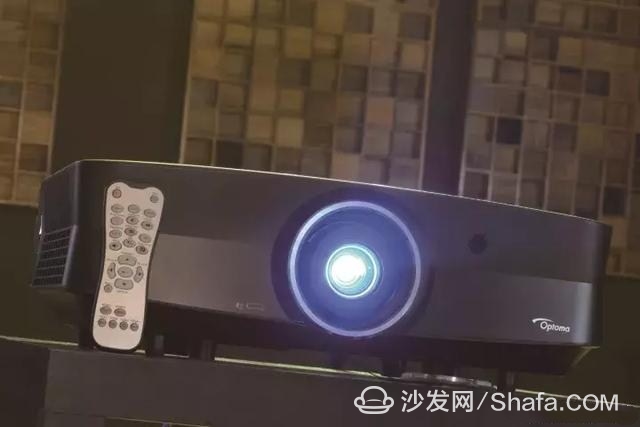
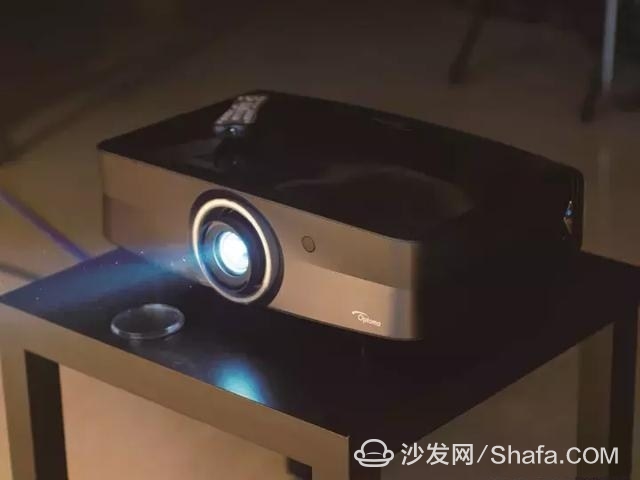
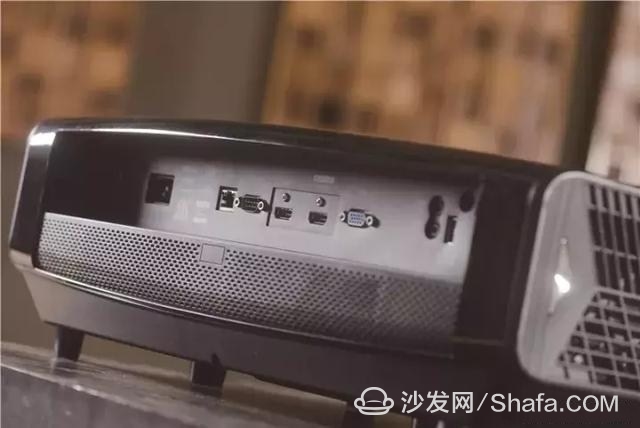

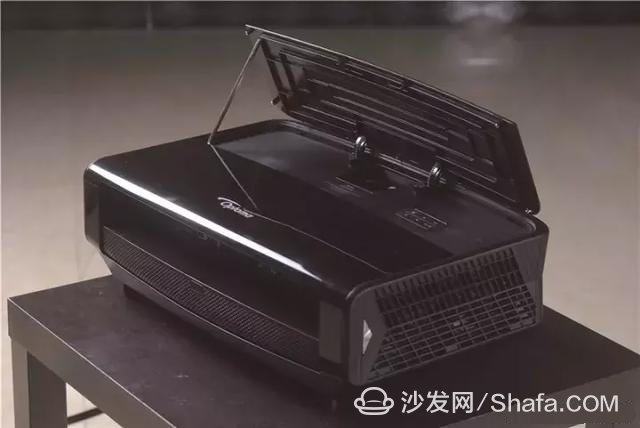
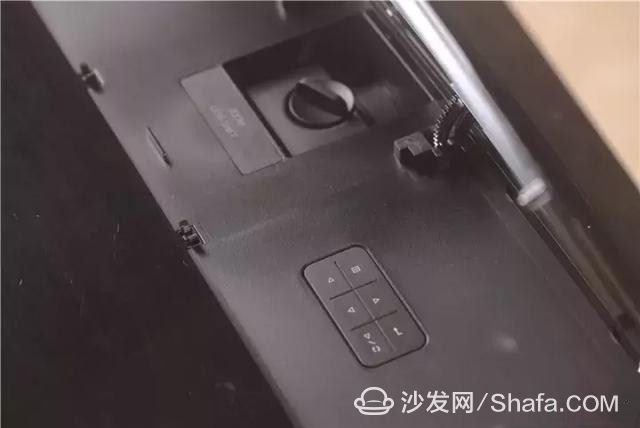
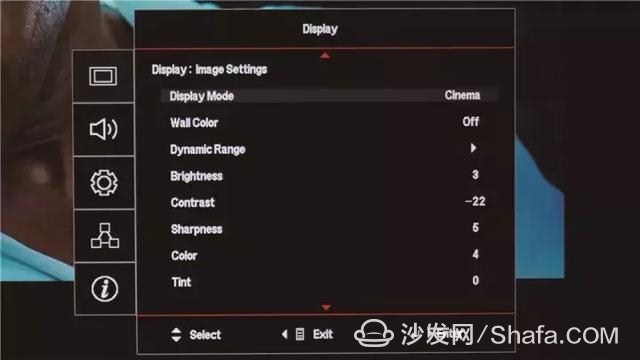
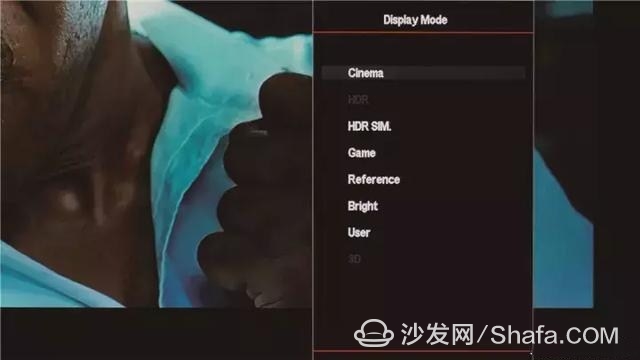
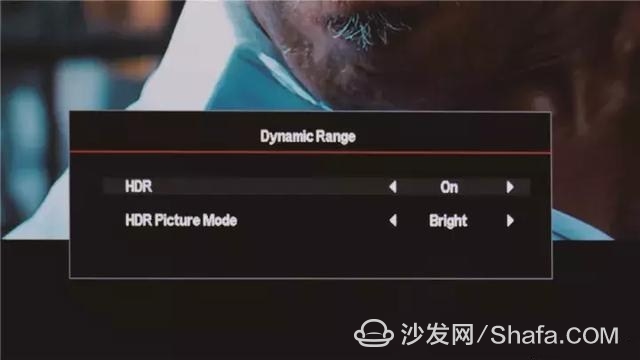

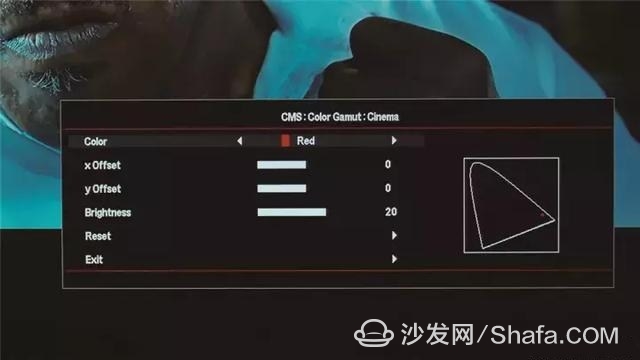


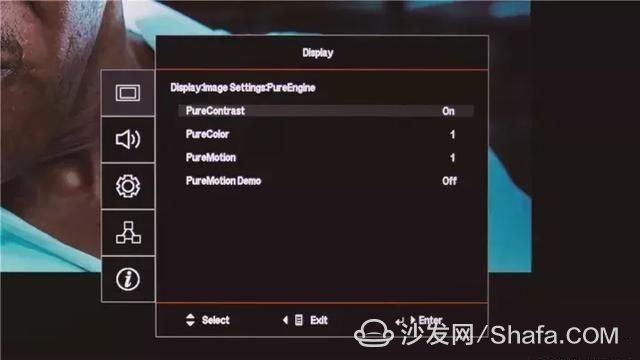
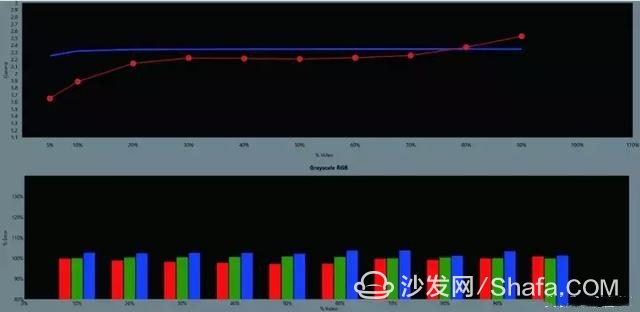
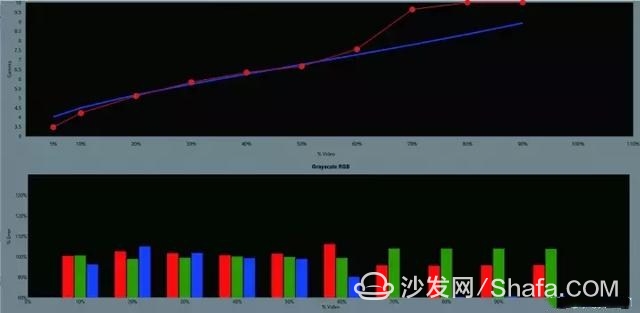
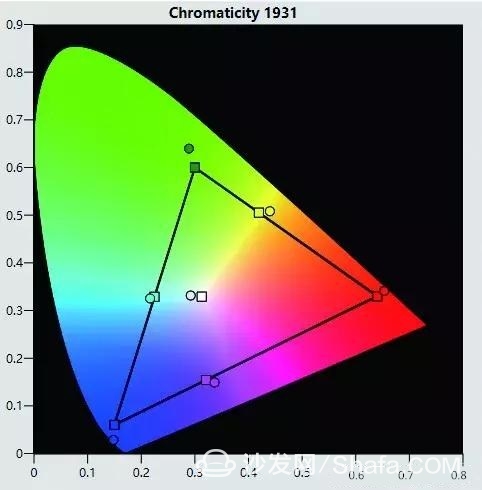

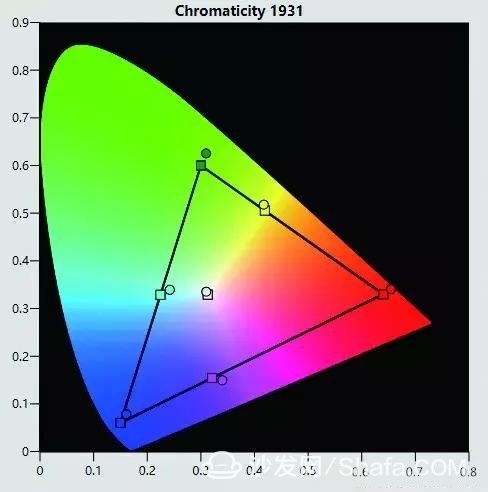
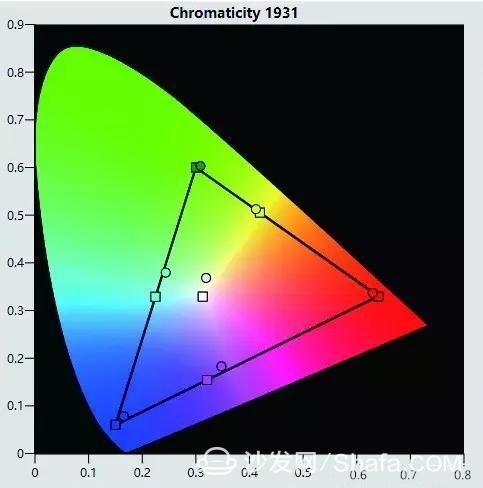
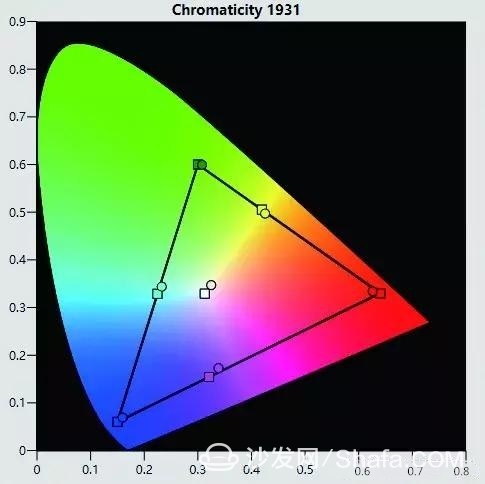
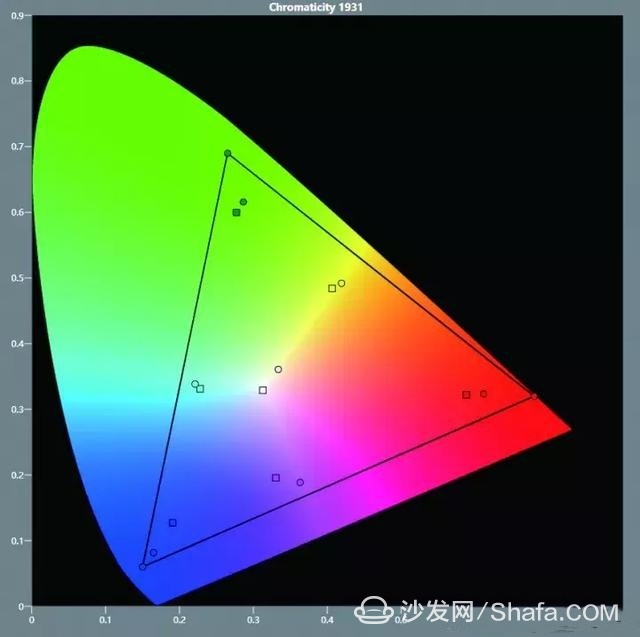













Smart TV/box information can focus on smart TV information network sofa butler (http://), China's influential TV box and smart TV website, providing information, communication, TV boxes, smart TVs, smart TV software, etc. Answering questions.
